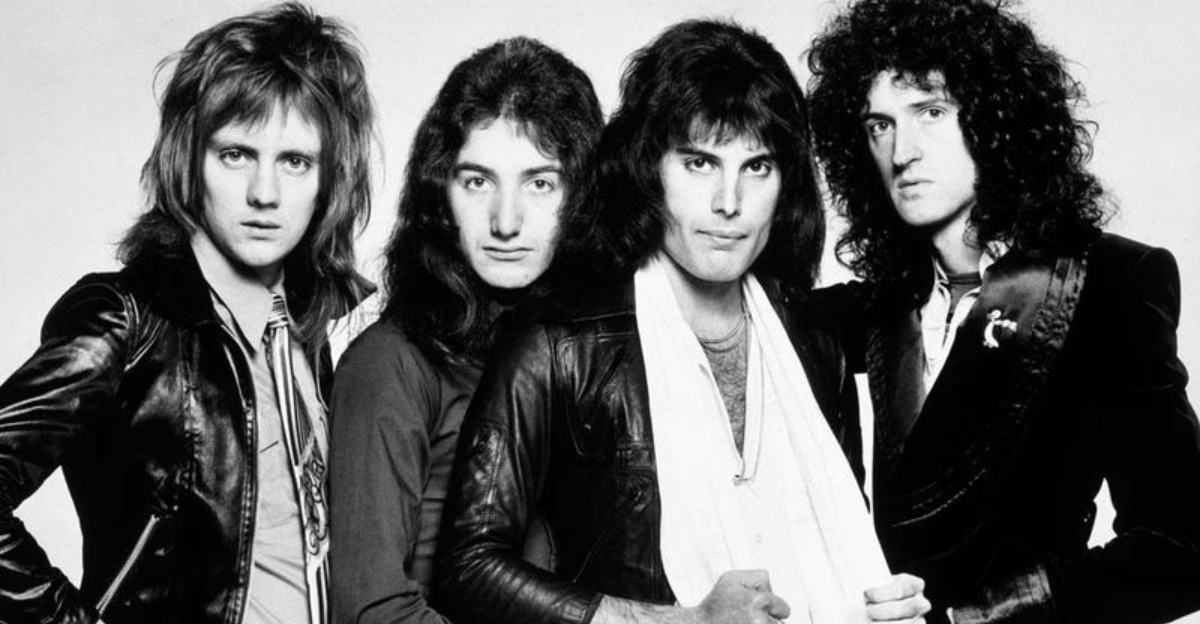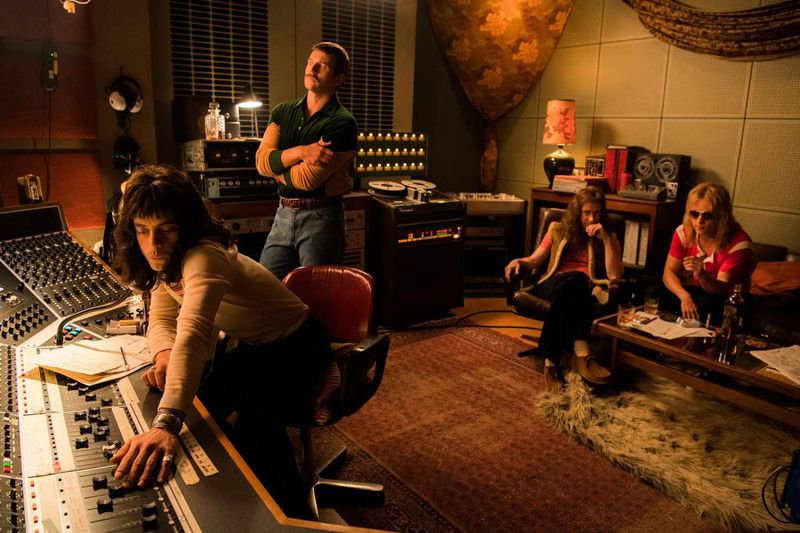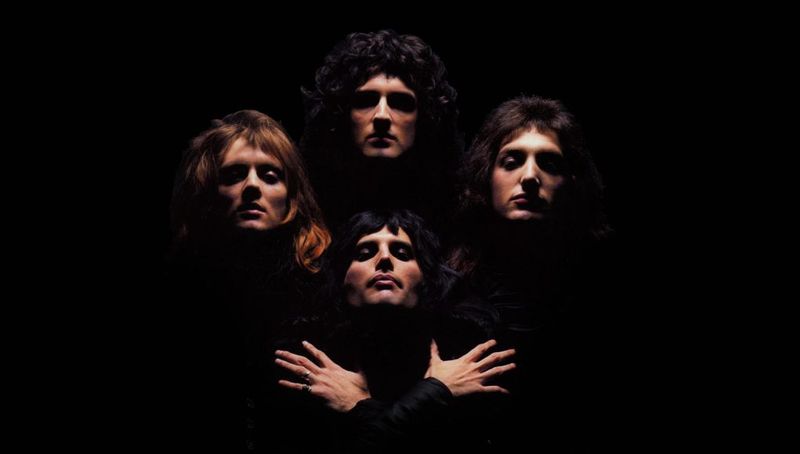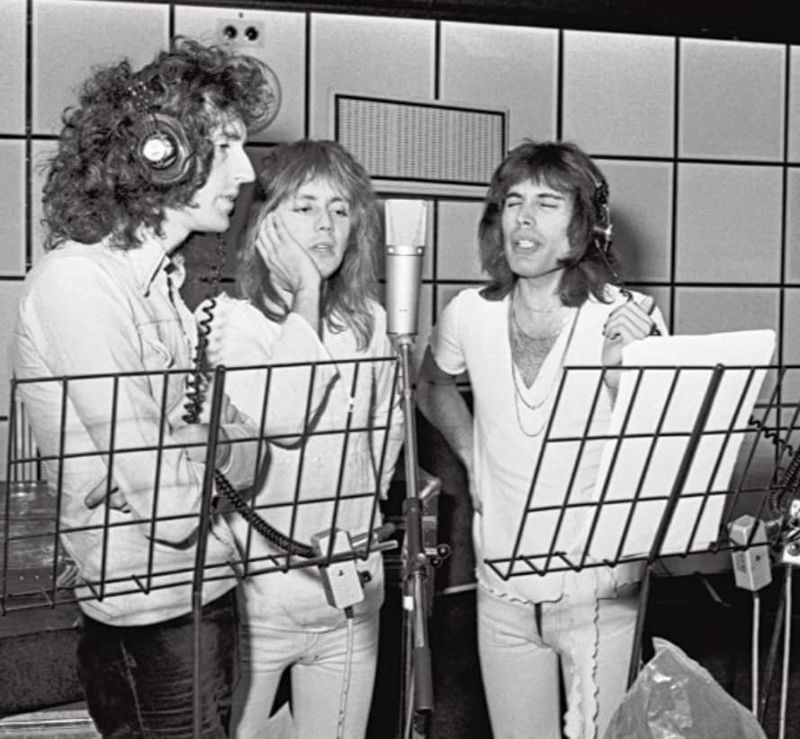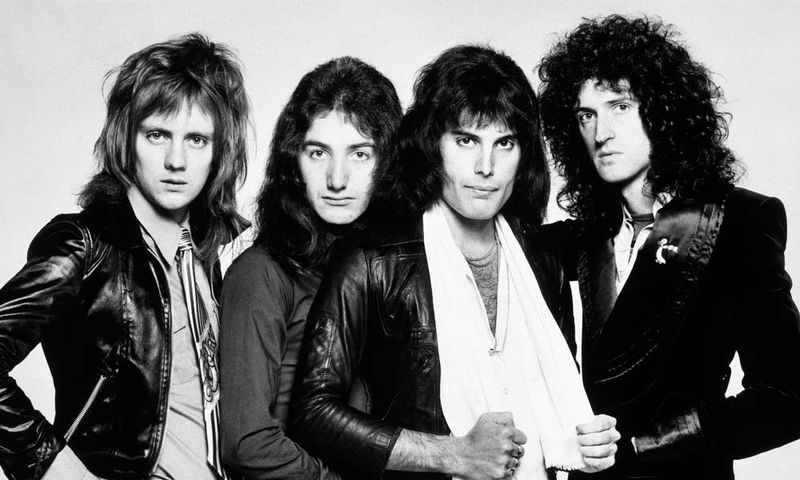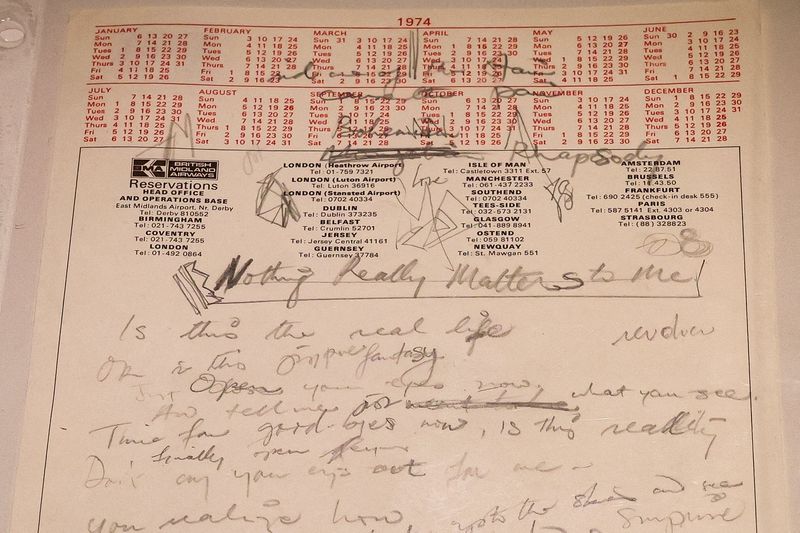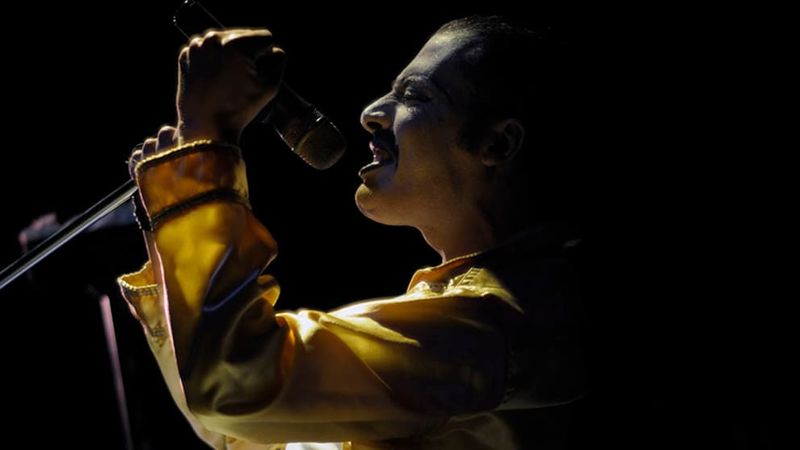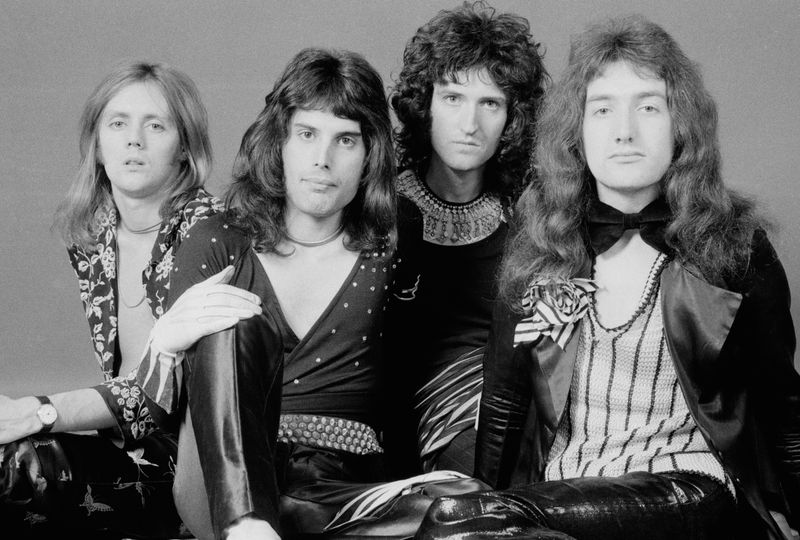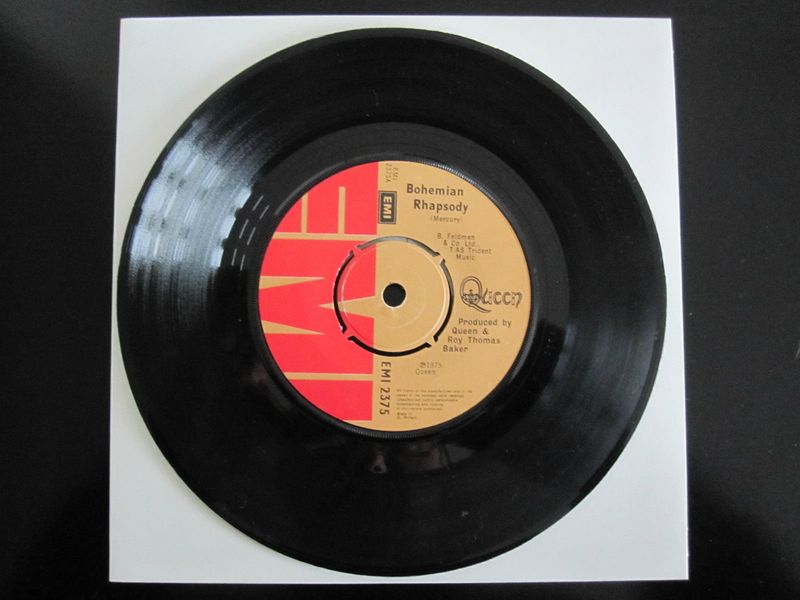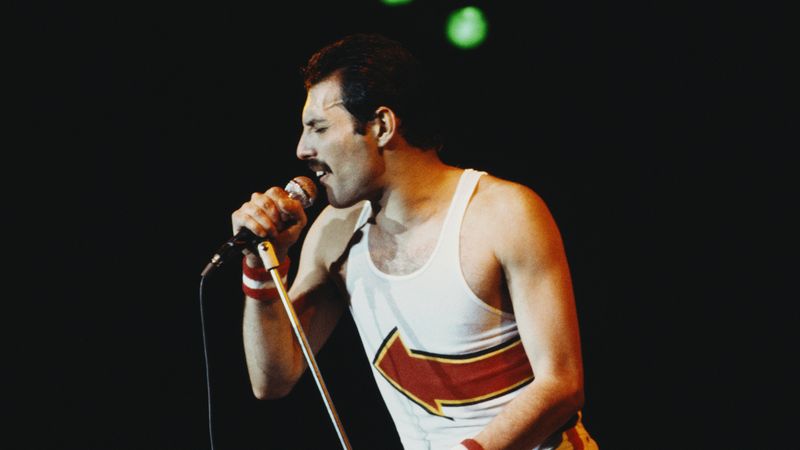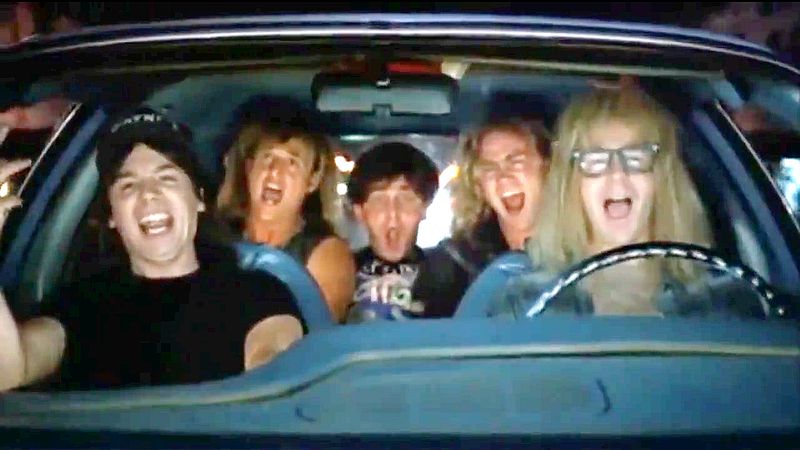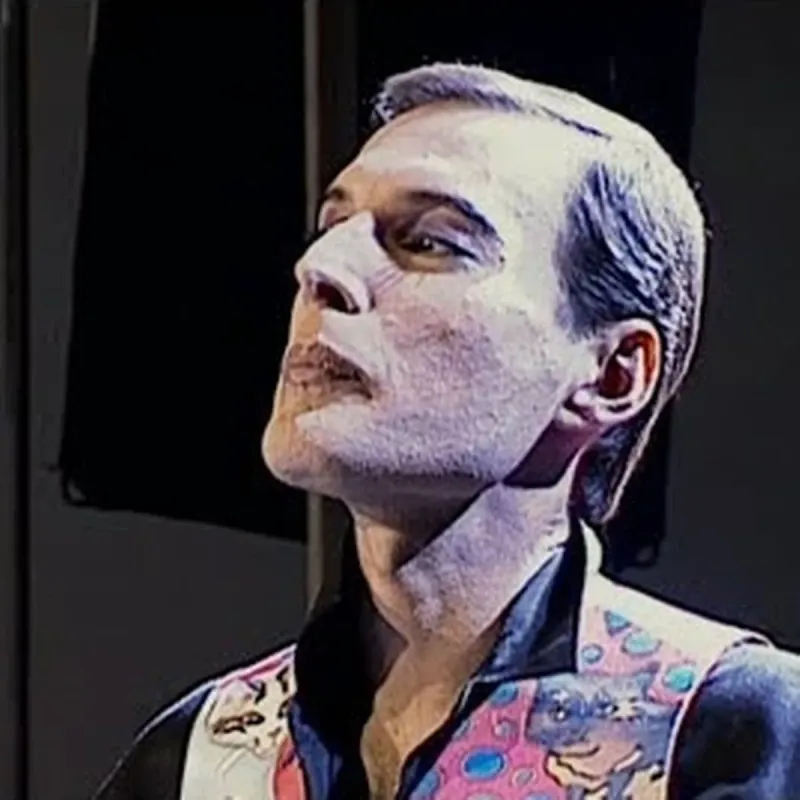Queen’s ‘Bohemian Rhapsody’ is a rock masterpiece shrouded in mystery and intrigue. From its unconventional structure and enigmatic lyrics to its surprising journey from the studio to the charts, the song continues to captivate audiences worldwide. Explore the lesser-known aspects of this iconic anthem that have been overshadowed by its fame.
1. The Song Was Almost Never Released
In a gamble of musical fate, Queen’s ‘Bohemian Rhapsody’ was almost shelved before it even hit the airwaves. The band’s label, EMI, and producer Roy Thomas Baker deemed it too lengthy and unconventional for radio play. Freddie Mercury, with his characteristic flamboyance, countered this skepticism by asserting the audience’s right to decide its fate. Mercury’s defiant stance ultimately prevailed, leading to the song’s release. Against all odds, it soared to become Queen’s first number one hit, proving that innovation sometimes requires bold resistance to industry norms.
2. The Lyrics Don’t Actually Mean Anything (On Purpose)
Freddie Mercury’s lyrical brilliance shines through in ‘Bohemian Rhapsody,’ yet the meaning of the words remains intentionally enigmatic. While fans have spun numerous theories—from hidden messages to reflections on Mercury’s personal struggles—the truth is simpler. According to guitarist Brian May, the lyrics are a playful collage of ideas, designed to intrigue rather than explain. Mercury relished in crafting a lyrical puzzle, delighting in the mysteries it would inspire. In doing so, he created a timeless enigma, inviting listeners to interpret its meaning in endless, personal ways.
3. The Opera Section Was Recorded in Just One Day
In an ambitious leap of creative genius, Queen recorded the opera section of ‘Bohemian Rhapsody’ in a single, exhaustive day. This 12-hour marathon session saw the band layering over 180 vocal overdubs to achieve the iconic choir effect. Remarkably, this was accomplished without the aid of modern technology, relying solely on the analog tape equipment of 1975. The dedication and artistry involved in this recording session underscore Queen’s commitment to pushing musical boundaries. The result is a rich tapestry of sound that remains one of rock’s most audacious feats.
4. The Band Thought It Would Flop
Despite their musical prowess, Queen harbored doubts about ‘Bohemian Rhapsody’s’ potential success. Drummer Roger Taylor candidly remarked that the song teetered on the line between genius and absurdity. Freddie Mercury shared this uncertainty, confiding in friends his belief that audiences would either adore or detest it—leaving no room for middle ground. This candid self-doubt contrasts sharply with the song’s eventual triumph. By embracing the risk of failure, Queen redefined the possibilities of rock music, proving that audacity and creativity often walk hand in hand.
5. The Song Was Written in a Bathtub
Amidst the luxury of a warm bath, Freddie Mercury’s creative brilliance knew no bounds. It was here, in this unconventional setting, that he penned the beginnings of ‘Bohemian Rhapsody.’ Mary Austin, Mercury’s former girlfriend, recounted how lyrics emerged on random scraps of paper, with early drafts hinting at ghostly visions. The line “Mama, just killed a man” evolved from a more whimsical “Mama, there’s a ghost in my head.” This bath-time inspiration reveals the unpredictability of Mercury’s creative process, blending everyday moments with artistic genius.
6. The Headbanging Part Was a Joke
The heavy metal crescendo of ‘Bohemian Rhapsody’ is a testament to Queen’s playful spirit and theatrical flair. Designed as an over-the-top joke, this section lampoons the very genre it emulates. With lines like “So you think you can stone me and spit in my eye?” the band indulged in their love for dramatics. This playful indulgence does more than entertain; it highlights Queen’s ability to weave humor into their music. Such moments of levity demonstrate the band’s versatility and willingness to defy expectations with every note.
7. It Was the Most Expensive Single Ever Made (At the Time)
In an era where musical extravagance was rare, ‘Bohemian Rhapsody’ stood as a monument to ambitious production. With a recording timeline stretching over three weeks and studio expenses exceeding £4,000, the song shattered norms for single production costs in 1975. It set a new precedent for what could be achieved when artistic vision and substantial investment converge. Queen’s commitment to realizing their sonic masterpiece illustrates a powerful narrative about the cost of creativity. This financial risk paid off, cementing the song’s legendary status in rock history.
8. The Song Was Banned by the BBC (Briefly)
Before dominating airwaves, ‘Bohemian Rhapsody’ faced unexpected resistance from the BBC. Some DJs deemed it excessively grandiose, a sentiment that led to its initial ban from certain playlists. However, the song’s absence was short-lived as fans passionately demanded its return, inundating radio stations with requests. The outcry from Queen’s loyal followers underscored the song’s undeniable appeal and compelled the BBC to relent. This episode highlights the power of audience influence, showing how passionate listeners can shape cultural landscapes.
9. Freddie Mercury Hid a Secret Message in the Song
The mystery of hidden messages in ‘Bohemian Rhapsody’ adds another layer to its intrigue. Some listeners claim that reversing certain vocals reveals cryptic phrases. While some hear phrases like “I’m just a poor boy,” others insist on darker, satanic interpretations. Despite the rumors and speculation, Queen consistently denied these hidden meanings. This mythos surrounding secret messages exemplifies the fascination with uncovering deeper truths in art. It underscores Mercury’s skill at crafting songs that invite endless exploration and interpretation, embodying timeless allure.
10. It Was Almost Cut from Wayne’s World
‘Bohemian Rhapsody’ experienced a resurgence in popularity thanks to its memorable inclusion in the film Wayne’s World. Yet, this iconic headbanging scene almost featured a different track by Guns N’ Roses. Director Penelope Spheeris championed Queen’s anthem, believing it perfectly captured the film’s spirit. Her insistence paid off, as the scene became a cultural touchstone, introducing the song to a new generation. This near-miss illustrates how serendipitous choices can revive and redefine a classic, showing the song’s unending ability to resonate across decades.
11. The Song Was Freddie’s Farewell
Bohemian Rhapsody’s legacy extends beyond its sonic brilliance to its poignant role in Queen’s final farewell. In their last music video, ‘These Are the Days of Our Lives,’ Freddie Mercury, visibly weakened by AIDS, lip-synced the anthem with grace. His performance lent an air of farewell, a subtle goodbye to fans worldwide. This moment captures the enduring bond between Mercury and his audience, as well as the unspeakable loss of a musical genius. The song’s enduring legacy serves as a testament to Mercury’s indomitable spirit and artistic immortality.
